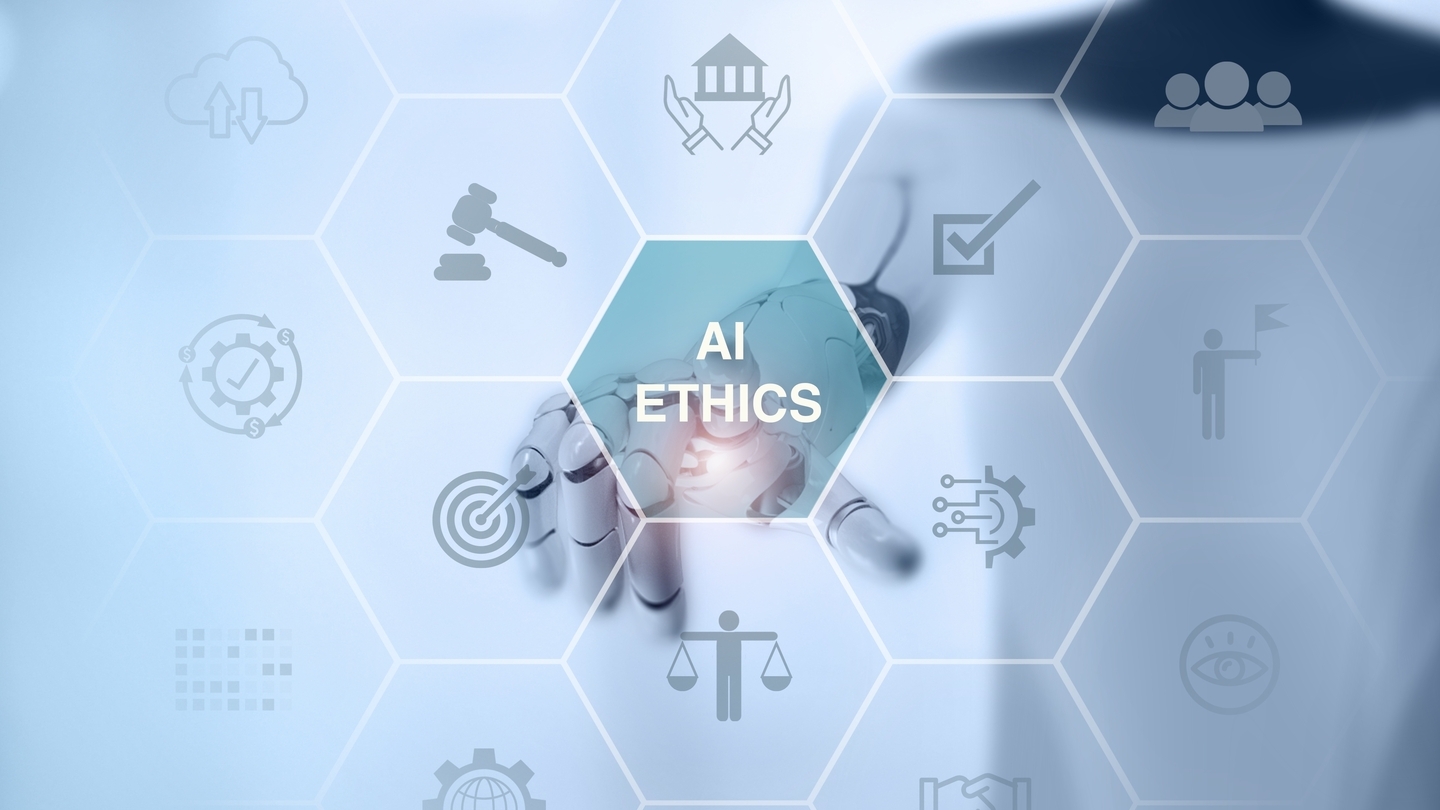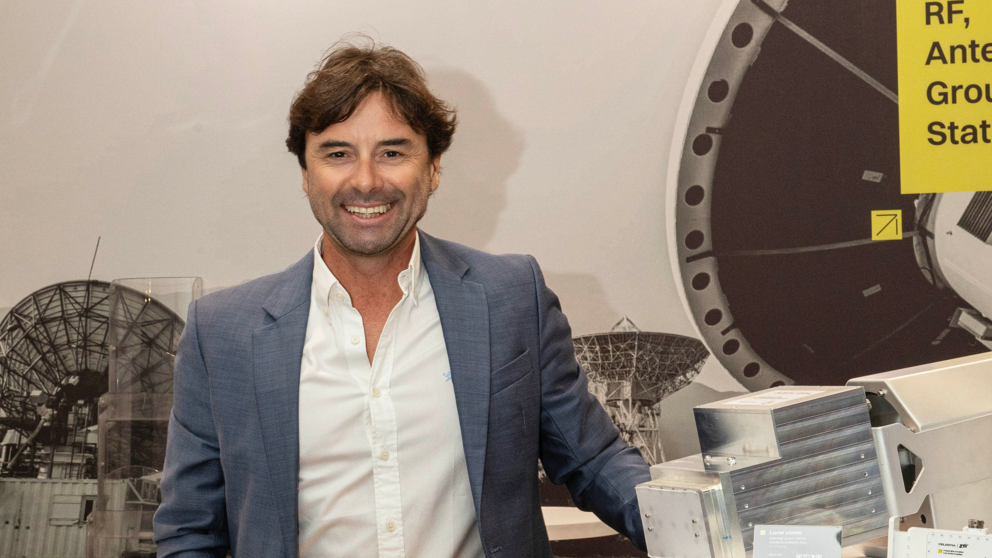Pascale Fromont, VP and General Manager of Media at Intelsat, shares insights into the current state of satellite broadcasting, the impact of IP distribution, and the future of satellite technology.
In a rapidly shifting technological environment, satellite technology remains a cornerstone of the broadcasting industry. The transition towards IP distribution and the emergence of innovative solutions such as Free Ad-Supported Television (FAST) channels are transforming the way content is delivered and consumed.
Pascale Fromont, VP and General Manager of Media at Intelsat, began her journey in the media and satellite industry over two decades ago, with a significant portion of her career at Intelsat. Fromont’s extensive experience has provided her with a comprehensive understanding of the industry’s dynamics. “I’ve been in this role for a couple of years, but I’ve been with the company for 20 years in different roles. Moving around has given me a great big picture of everything that’s going on,” she says. Her passion for satellite technology and the media industry is evident as she discusses the powerful role that satellites play in connecting people and delivering content globally...
You are not signed in.
Only registered users can view this article.

Finding our ethical true north on AI: Part II
Part two of our insight into AI ethics and regulation continues with observations on industry efforts around standards and best practices, and why human impact should be the guiding force. James McKeown reports.
/Source - shutterstock_2464837145 (1).jpg)
Digital Catapult: AI innovations to supercharge the creative industries
Accelerated VFX workflows, video game characters you can converse with, and auto-generated visual experiences from sound for XR headsets are just some of the AI innovations devised by start-ups as part of a recent Digital Catapult programme. Adrian Pennington reports.
.jpg)
Neural Radiance Fields – A new approach to 3D modelling
From the chemical, mechanical and electrical process of creating a film, to the rise of virtual production, visual storytelling has always turned to cutting-edge technologies. Now Neural Radiance Fields (NeRF) could replace the traditional technological foundations that broadcasting and film are built upon. IBC365 speaks to leading researcher, Professor Ravi Ramamoorthi.
.jpg)
Future predictions – Part II: Leaders and analysts
The coming year hints at big changes in focus and innovations for the media and entertainment world. With giant leaps in AI advancements, streamlining production and the road ahead for ad-tech, how can vendors meet the demands of the hungry yet cost-conscious consumer, whilst staying ahead of the game? John Maxwell Hobbs gathers more expert insight from leaders and analysts in the second part of our future predictions series.

Future predictions – Part I: Broadcasters and suppliers
As we wrap up 2024, it’s time to consider what lies ahead for the media industry in 2025. John Maxwell Hobbs probed industry executives to share their crystal ball predictions on themes spanning the impact of AI, the transition from hardware to software-based solutions, data security and ways of reaching new audiences.





